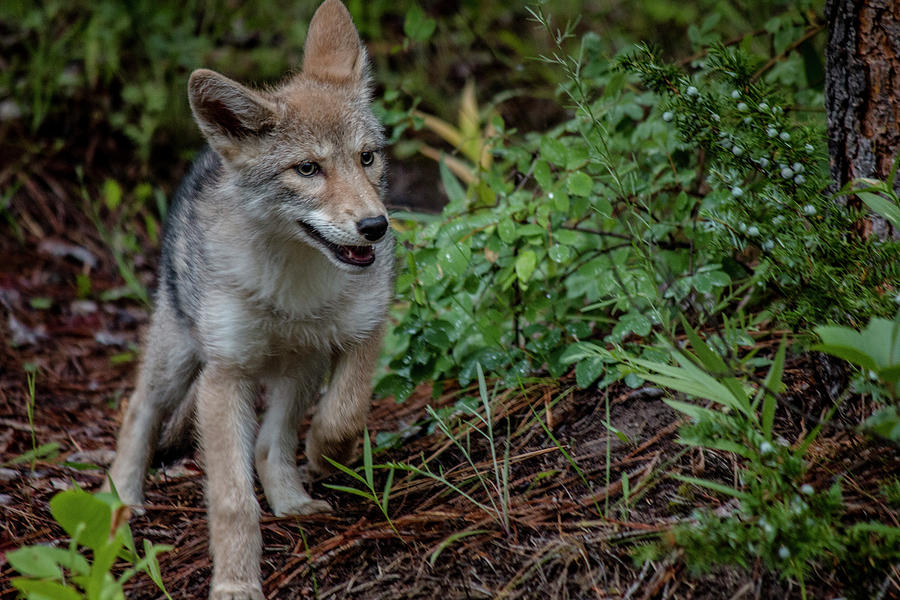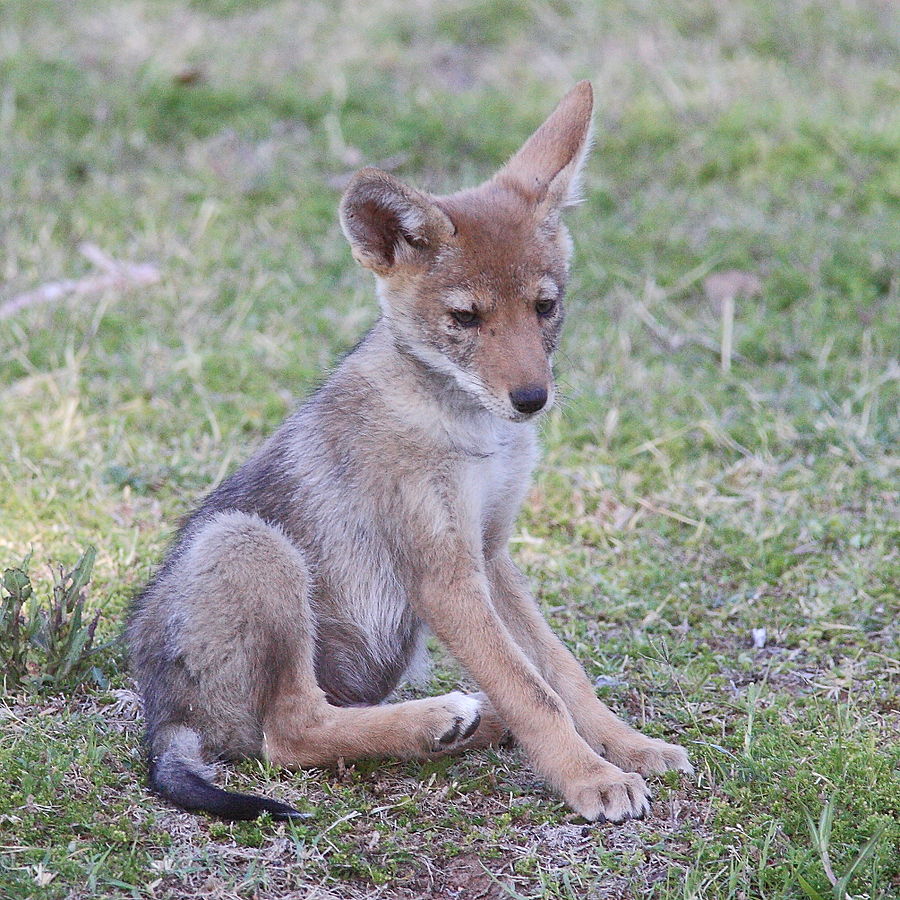

I have only seen dens long after they were abandoned, I have never seen an occupied den: I keep my distance from these.Ĭoyote dens are used only for a short time: for birthing and nursing during the very early life of pups. A den can also be an existing hole in the ground, cavities under tree trunks, a depression with good covering, or a nook under a ledge. Each of these has it’s benefits for survival: one is not necessarily a “better” personality type than another.ĭens and birthing: Coyote pups are born in dens which were either dug for this purpose by their parents or they were pre-existing “homes” of other animals, such as raccoons or skunks, that were broadened and enlarged by the to-be coyote parents for their purposes. Some are more interactive and social, involved in a lot of rough-house playing and teasing, while others are more withdrawn, preferring to sit back and watch the others. Others have more of a built-in wariness and fear: they are on-edge and more anxious and keep closer to home. Some, right from the start are adventuresome and exploratory: they are curious about everything and wander far, rather brazenly. Their personalities also develop differently. Weight can vary substantially between the pups in one family which may include some “runts”. This has been measured by wildlife rehabilitation facilities which take in these newborns. Newborn pup size: Coyote pups at birth weigh between 1/2 and 1 pound. I know that natural multiple births seem to run in human families, so might litter size also have a genetic component? And rather than the proviso that “locations dictate litter size”, I would think that litter size might have a genetic component. They appear to just ‘get what they get’ - like the rest of us (those who don’t take hormones). So although I’ve heard it speculated that coyotes “regulate” their litter size: I’ve not seen an indication of this here in San Francisco. Besides these normal, small fluctuations, the litter sizes I’ve seen in San Francisco have not changed over the 12 years that I’ve been studying coyotes, even though the coyote population here has grown from an initial 8 in 2002 to several score and appears to be at its saturation point, as revealed by more and more brutal territorial battles that have displaced resident coyotes. The exception was the five litters where there were sometimes no survivals: this anomaly was almost certainly related to inbreeding in this family Chert went through the motions of having pups during those three years of no pups, but none ever appeared. These are all variations of normal litter sizes.


I have seen anywhere from one to seven pups born in one litter in San Francisco: that’s quite a spread! I have heard of larger litters, as many as 11 to 19 (not in San Francisco), but I’ve also heard (but not seen) that this very large litter size may actually be the result of “den sharing”: two females sharing the same den.įrom my own observations, I’ve seen litters vary in size over several consecutive years from the same parents as follows: Maeve and Toughy 1-2 Ma’am and Monte 2-5-1 Cai and Yote 7-2-? (haven’t had a chance to count this year’s yet) Maya and Ivan (3-4-5) Chert and Silver 1-0-0-0-4. Some yearlings from the previous year’s litter or before - those that didn’t disperse (leave) - may remain in the family and may even help out a little by bringing in food for the youngsters. Litter Sizes: A “litter” is the group of pups that are born and raised together in one family. The courting behavior which leads to pups can be observed at the end of January. Coyotes come into heat just once a year (as opposed to dogs’ twice a year cycle) - they can only produce one litter a year which is usually born sometime in the Springtime. Terminology: Baby coyotes are referred to as “pups” (not cubs)!ĭates of birth: In San Francisco, pups are normally born towards the beginning of April after a gestation of 63 days. Word-of-mouth from other park visitors about a den’s general whereabouts should be enough for you to voluntarily avoid those areas. You can prevent stress and trauma to yourself, your dog, and coyote parents with new pups by leashing your dogs if you must move through such an area. Besides cars, dogs are coyotes’ biggest threat in urban areas. Push the underlined links I’ve provided for even more information.Ĭoyote pups are about two months old now here in San Francisco.Įtiquette: Please stay away from any place where you even suspect a den might be, and please especially keep your dogs away from those areas. Other information is included, including some hearsay, which I’ve stated as such. I’ve put together some information on coyote pups based predominantly on my own observations.


 0 kommentar(er)
0 kommentar(er)
